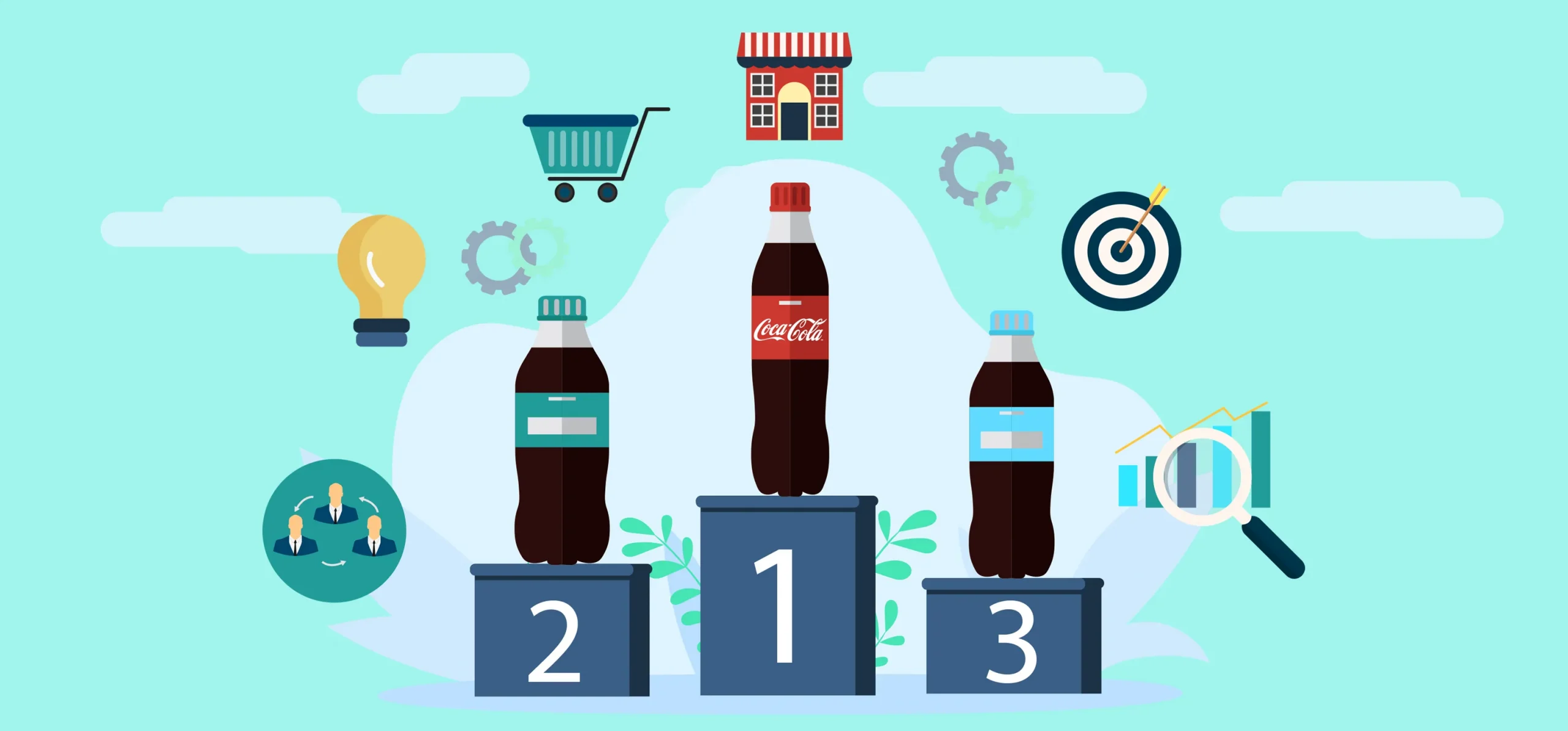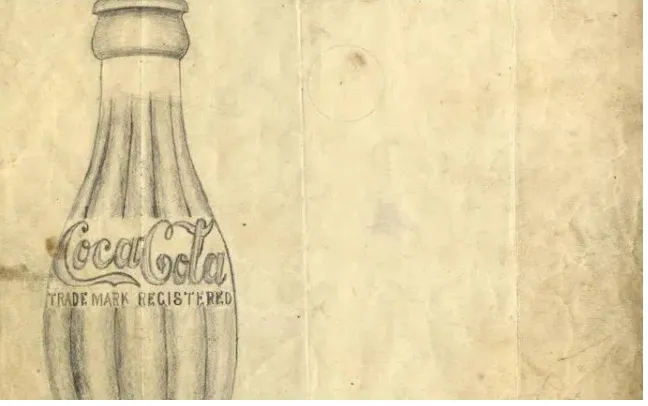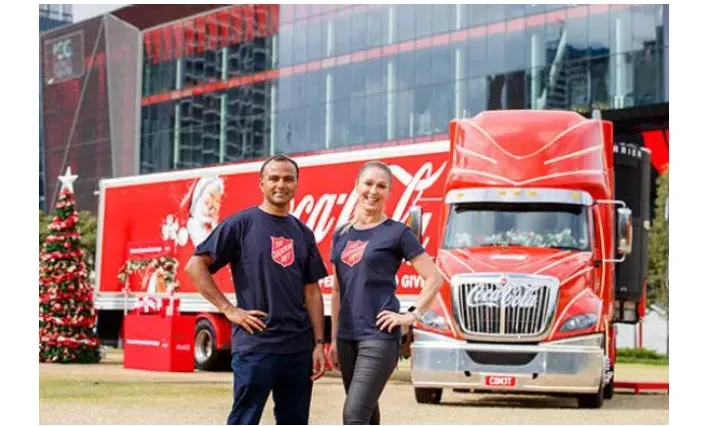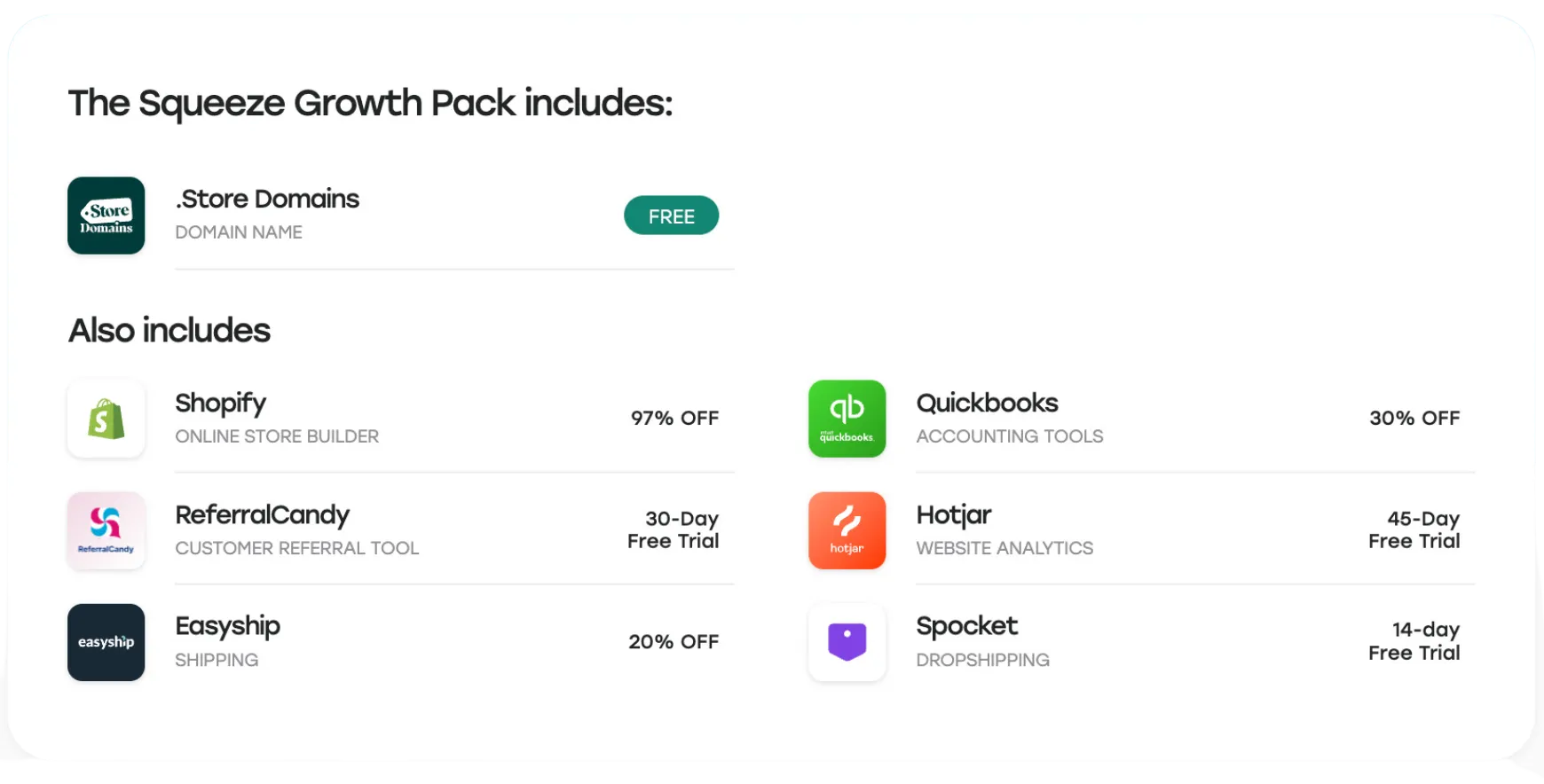

Coca-Cola is the classic example of how clever marketing strategies can help you scale your business to the global level.
The company didn’t earn its position by merely selling a soft drink.
The much-acclaimed product was once sold as a fountain drink to pharmacy visitors and would’ve remained a small-town local drink if that were the case.
No. The company started small, employed various marketing tactics to reach nearly 200 countries, and grew into a multinational company.
Today, Coca-Cola has such a powerful presence you’ll hardly find anyone who isn’t familiar with the brand.
That’s a monumental achievement!
Let me share nine proven successful marketing strategies for Coca-Cola to show you how you can grow your business.

Market segmentation is a research tool that helps you find your target market. You divide your prospects into different categories and weed out the ones that don’t fit your criteria.
If you take a look at Coca-Cola’s advertisements, the company target’s its audience based on age, family, income, and taste.
Most of Coca-Cola’s commercials typically revolve around generation Z that’s ordinarily short on cash. However, you’ll see family dinners and events in some Ads, as well.
Here’s an interesting part.
Coca-Cola also employs market segmentation to re-target its former customers.
I am not sure if you’ve ever noticed, but millennials have been killing Coke’s market for some time because of health concerns. When Coca-Cola realized how their lack of interest was hitting its sales, the company found millennial’s pain points and re-vamped its diet coke for them.
You can use market segmentation to discover multiple target markets. All you have to do is find out your audience preferences.

Coca-Cola has built itself into an emotional brand from the time of its infancy and created its entire brand to appeal to people’s emotions.
Ever wondered why?
Because, emotional branding helps you gain customer loyalty, and Coca-Cola knows it.
The company actively uses emotions in its marketing strategies to connect with its audience on a deeper level.
Have you noticed how Coca-Cola’s advertisements inspire happiness and love?

It is no coincidence.
Emotional branding is a marketing method that allows you to build a positive image of your brand. And how people perceive your brand significantly affects your company.
Let me give you an example.
A few years back, I came across an article on how Coca-Cola’s emotional branding influences people’s buying behavior. The researchers gave Pepsi and Coca-Cola in an unlabeled container to the participants and asked for their opinion. A lot of people showed a clear preference for Pepsi, but when the researcher unveiled the labels, many changed their opinion.
That is the power of perception.
Add emotional elements to your brand to stand apart from your competitors.

We all are aware by now that it is extremely difficult to establish your brand in a saturated market. To stand out, you try out creative advertising, play with multiple strategies, and go for one that generates higher ROI. Right?
Want to know what worked for Coca-Cola?
Coca-Cola has proved time and again the positive response music gets from the public.
Do you recall the 2010 World Cup TV commercial? Check out this video, if you haven’t.
It is one of Coca-Cola’s finest commercials the company has created. And it’s not the only one.
Jingles and short songs grab your audience’s attention far quicker than any standard Ad. They are highly entertaining and memorable.
Coca-Cola has made several unforgettable campaigns because of its love for music. I suggest exploring this option.

Coca-Cola employs tons of advertising activities to promote its brand. But its global marketing campaigns generate the best response.
The company uses a marketing technique called an Integrated marketing campaign, where it selects multiple advertising channels and sends a consistent message through them globally.
What this tactic does is gather a large audience and high engagement. People love to join the crowd, and global marketing campaigns make them feel like they are a part of the event.
It has worked wonders for the company.
Back in 2009, Coca-Cola launched a global campaign themed “Open Happiness” to boost sales during a severe economic depression.
The company started its advertising from American Idol and broadcast it globally in native languages. To send one message to the mass, Coca-Cola kept the music as a common factor.
Coca-Cola also took its campaign out-doors and built happy machines with hidden cameras to capture real-time moments.
Within six months, “Open Happiness” gained global attention, and Coca-Cola grew its sales by 17%.
Take inspiration from Coca-Cola’s campaigns and try to re-create them on social media.

People typically recognize brands by their logo, color, and packaging. These characters make up a unique brand identity that differentiates one company from another.
Coca-Cola has set itself apart by remaining consistent with its design.
Take its iconic bottle.

Coca-Cola introduced the contour shape bottle in the early years and stuck to it.
Today, it has practically become a trademark of the company. Place its bottle among ten others and anyone can easily pick it out.
A strong brand identity helps you build your company’s reputation. The consistent is your image, the more familiar it becomes.
Coca-Cola had its timeless bottle shape, script logo, and red color for years and doesn’t appear to change it anytime soon. It is one of the primary reasons Coca-Cola has gained a global fan base.
Create a strong brand identity to make sure you remain in your people’s minds.

Some companies, like Nestle, dabbles in every niche to grow their target market. Coca-Cola achieved the same by keeping its portfolio limited to the beverage industry.
If you look at its subsidiary brands, you’ll find only beverages. Soft drink, juices, teas, coffee. Every brand is limited to drinks. Yet, people of almost all age groups in over 200 countries use its products.
How did Coca-Cola do it?
Coca-Cola’s strategy was rather simple.
Instead of developing a wide range of unrelated products, the company added native brands to its portfolio to establish its presence.
Let me share a story with you.
As you know, Coca-Cola is widely recognized in India. But initially, when the company entered its market in 1956, it faced tough competition from Pepsi and native brands.

To overcome the challenge, Coca-Cola bought some of the native brands like Mazza and diversified its product line with local products.
It worked marvelously for Coca-Cola, and the company saw a 40% growth in its revenues.
Product diversification, if done right, can scale your business.
Coca-Cola smartly merged its international product line with local products and gained a massive customer base.

Coca-Cola’s competitive price strategy has helped the brand capture a large audience and grow its customer base.
Whenever the company plans to penetrate a new market, it offers the products at a low cost to bring in sales. Later, when Cola-Cola began to pick up momentum, it repositioned its brand image and set going rates.
Coca-Cola also places prices based on its market segmentation—which makes up practically everyone—and offers a wide range of packaging and personalization options to target a diverse group.

Once Coca-Cola establishes its customer base, it periodically runs sales promotions to encourage sales.
This is how a lot of large-scale brands manipulate prices to enter the new market.
Remember. Your product pricing reflects your product’s worth.
If you price your product low for a long period, people will perceive your product as a “low quality” item. Similarly, if you set prices too high at the early stage, most will feel reluctant to buy an unknown product.
The trick is to manipulate your prices timely to avoid hurting your brand image.

Coca-Cola annually sells almost 25 to 30 billion products. You can imagine how challenging it would be to plan the logistics of such a huge stock.
Since Coca-Cola doesn’t own a worldwide distribution channel, the company employs the franchising method.
Franchising is a typical distribution channel multinational companies use when they can’t access remote areas or don’t have the budget to do it.
They approach an independent enterprise (Franchisee) and give them a license to sell their products under their brand name.

Coca-Cola takes multiple franchising options to build a seamless distribution channel.
The company sells its syrup to its bottling partner and allows them to use the Coca-Cola brands. It also buys bottles from third-party suppliers and supplies the finished product to the wholesaler for distribution.
That way, Coca-Cola didn’t have to set up its own in-house logistics system.
A well-established distribution channel makes it easier for you to sell your product to the target market.
If your audience is outside your area of business, team up with a third party to take over product delivery.

Coca-Cola spends generously on high-traffic events. It has a long history of sponsoring sports giants like the Olympic Games and often invests in entertainment events.
Do you know why?
Sponsorships put your brand at the center and give you the perfect opportunity to get exposure.
Coca-Cola wields sponsorship as a marketing tool to not only gain brand visibility but benefit from the association—and, of course, generate sales.
You might think sponsorships are too expensive to give a high return, but trust me, it is far from the truth.
Think of it this way.
Coca-Cola allocates around 4 billion annually to its advertising budget.
To a common observer, the number would appear incredibly large. But by spending a sizable amount on marketing, Coca-Cola earns more than 30 billion dollars each year.
Sponsorship is another way of promotion.
You can adopt a similar strategy on a smaller scale. Arrange a local musical event to create brand awareness or sponsor a seminar. Sit down and brainstorm. I am sure you’ll generate plenty of ideas.

Coca-Cola’s smart marketing strategy is the major reason for its global success.
The company cleverly entered each market, used emotional marketing to catch its target market, and offered competitive prices to generate sales.
Dig deep into Coca-Cola’s strategies and incorporate them into your marketing plan.
If you need help drafting your marketing strategy, no worries, check out my article on how to create your first marketing strategy. Good luck!
Share this article on:
Squeeze Growth is a reader-supported publication. We may earn a commission from products we link to. Some articles and reviews are sponsored. This does not affect our opinion or judgment, ever. You can refer to disclosure here.
Amin at Squeeze Growth crafts detailed marketing guides and in-depth strategies to help you grow your business.
Make every day better with Headspace
Headspace takes science-backed meditation and mindfulness tools to improve your mental health.
Create life-changing habits and reduce your stress by 14% in just 10 days with their exercises and meditations.
A better way to manage projects and clients for freelancers
With features like customizable proposals, invoicing, client-CRM, accounting, taxes, a cash account and time tracking, Bonsai makes it easy to stay organized and on top of your workload.
Don’t Know Where to Start?
Try Our Suite of Recommended Products
We call it The Squeeze Growth Pack.

A handpicked collection of tools and resources designed to help you effortlessly launch and grow your online business.